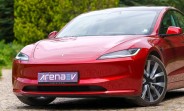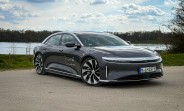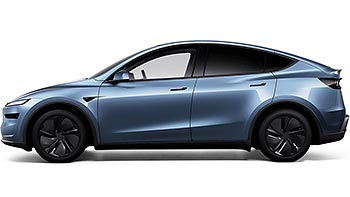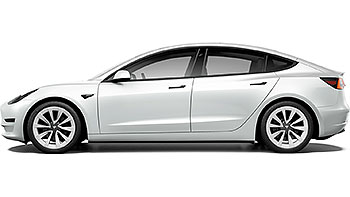The drag race we've all been waiting for: Tesla Model S Plaid vs Xiaomi SU7 Ultra

We knew this day was coming - if anything, we are surprised it took that long. Since its launch, the Xiaomi SU7 Ultra has been claiming records one after another, stepping on the toes of much more expensive cars, and even beating some electric hypercars in the process. But the one question remained unanswered - is it quicker than the Tesla Model S Plaid?
Thanks to the guys from Carwow, this question has been answered. The newcomer SU7 Ultra finally went head-to-head with the established king of performance in a series of drag races and braking tests. This showdown gave us a fascinating glimpse into the rapid advancements in electric vehicle technology and offered a direct comparison of two high-performance electric cars.
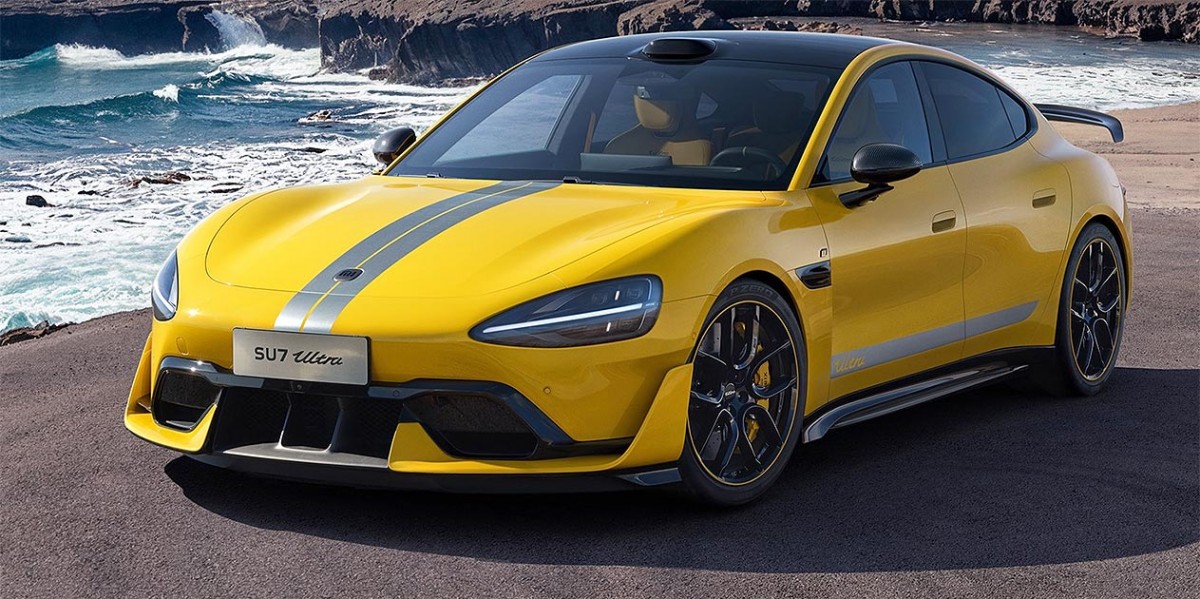
The Xiaomi SU7 Ultra has three electric motors – one on the front axle and two on the rear. This setup generates 1,548 horsepower and 1,305 lb-ft of torque. Despite its impressive power, the SU7 Ultra is a substantial machine, weighing in at 5,203 lb.
In its home market of China, this impressive vehicle carries a price tag of around RMB 529,900, which translates to approximately $73,700. The SU7 Ultra comes standard with carbon-ceramic brakes, a feature often found on much more expensive performance vehicles. Interestingly, a replacement front disc in China costs about $1,800, a fraction of the cost in Europe or the US.
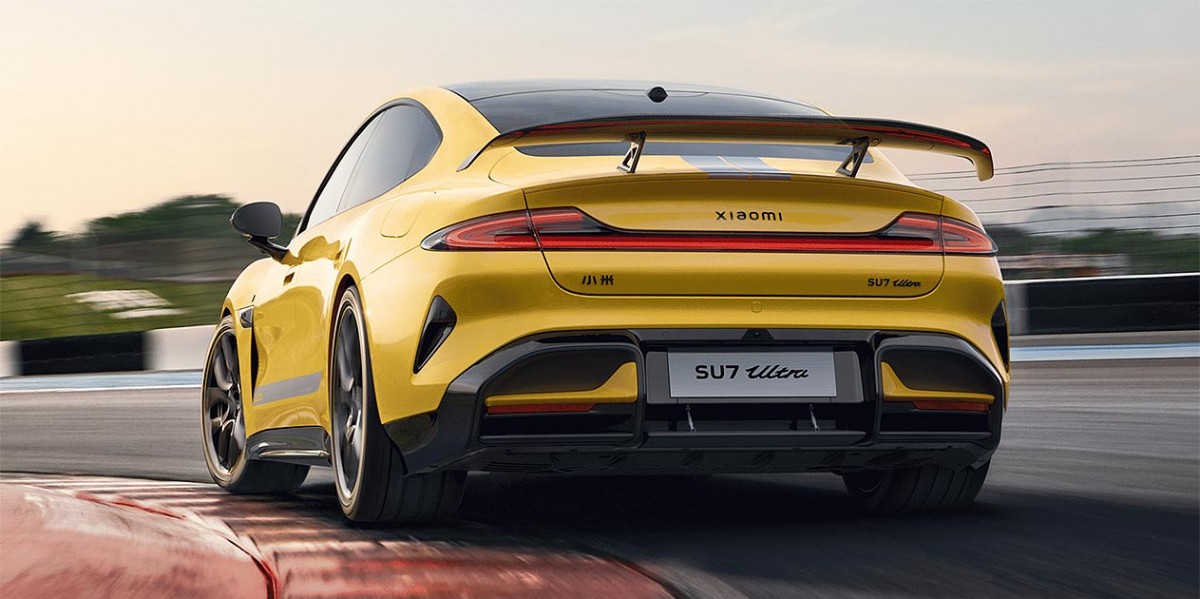
Facing off against the newbie was the Tesla Model S Plaid, until now a benchmark for electric performance. Also featuring a triple-motor, all-wheel-drive configuration, the Plaid delivers 1,020 horsepower and 1,047 lb-ft of torque. It is lighter than the Xiaomi, weighing 4,828 lb. The Tesla Model S Plaid is considerably more expensive, with a starting price of $109,990 in the US.
With the introductions over, let's head straight to the race. The expectations were huge, with a power advantage of over 500 hp, SU7 Ultra was the favorite, even though it was the heavier of the two. The first race was a surprise and revealed that all that power is of no use, if it cannot be put down to the tarmac.
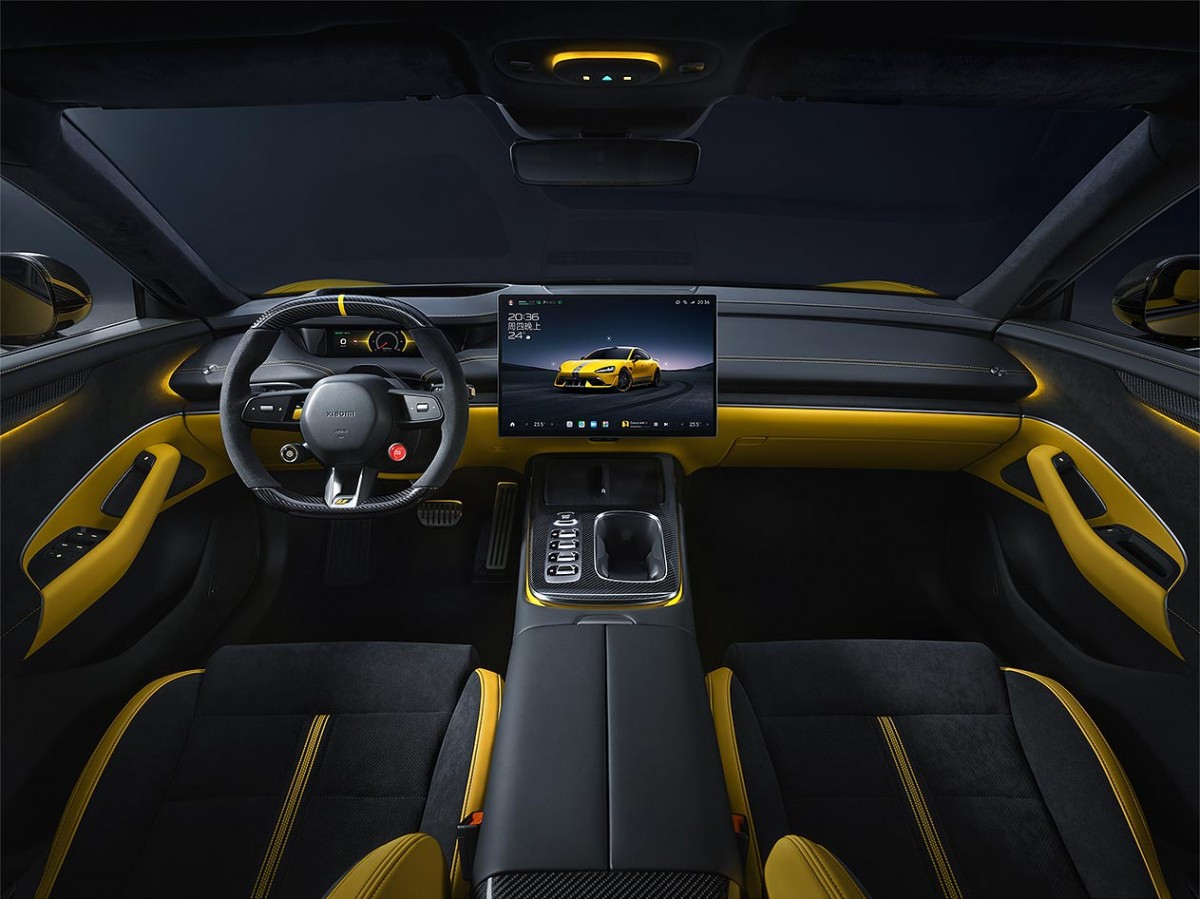
In the first standing quarter-mile drag races, the Xiaomi SU7 Ultra faced some early challenges with traction due to (apparently) cold tires. The SU7 Ultra consistently demonstrated impressive performance though, consistently catching up to Model S Plaid - at astonishing rates.
Once the driver of the SU7 Ultra managed to warm the tires and his reflexes, the final decisive drag race ended with Xiaomi passing the finish line in a blistering 9.3 seconds. The Tesla Model S Plaid finished in 9.5 seconds, marking the quickest recorded time for Carwow's driver.

The result puts the Xiaomi's raw power and acceleration front and center, especially when its battery and tires are at optimal temperature. But it was the Xiaomi's ability to maintain a strong pull at higher speeds, particularly above 124 mph, that was just unbelievable to watch. It kept on accelerating as if it had unlimited power on tap.
The Tesla Model S Plaid wasn't without its strengths. In rolling races starting from 31 mph, the Tesla initially gained an edge, showing its immediate responsiveness. But as speeds climbed, especially in a rolling race from 62 mph where the Xiaomi's "boost" function was engaged, the SU7 Ultra dramatically pulled away.

The Xiaomi's ability to reach and sustain high speeds was really impressive, hitting 186 mph with remarkable consistency. There is absolutely no doubt that Tesla excels in initial acceleration - it is by far the quicker car off the line - but the Xiaomi can maintain its relentless acceleration over longer distances and at higher speeds.
Why would the more powerful SU7 Ultra be slower off the line? There are a number of factors to consider. First, and the most obvious one, was the driver's experience, with Matt Watson putting his solid record of hundreds of drag races into good use and stomping on Tesla's throttle with perfect timing.
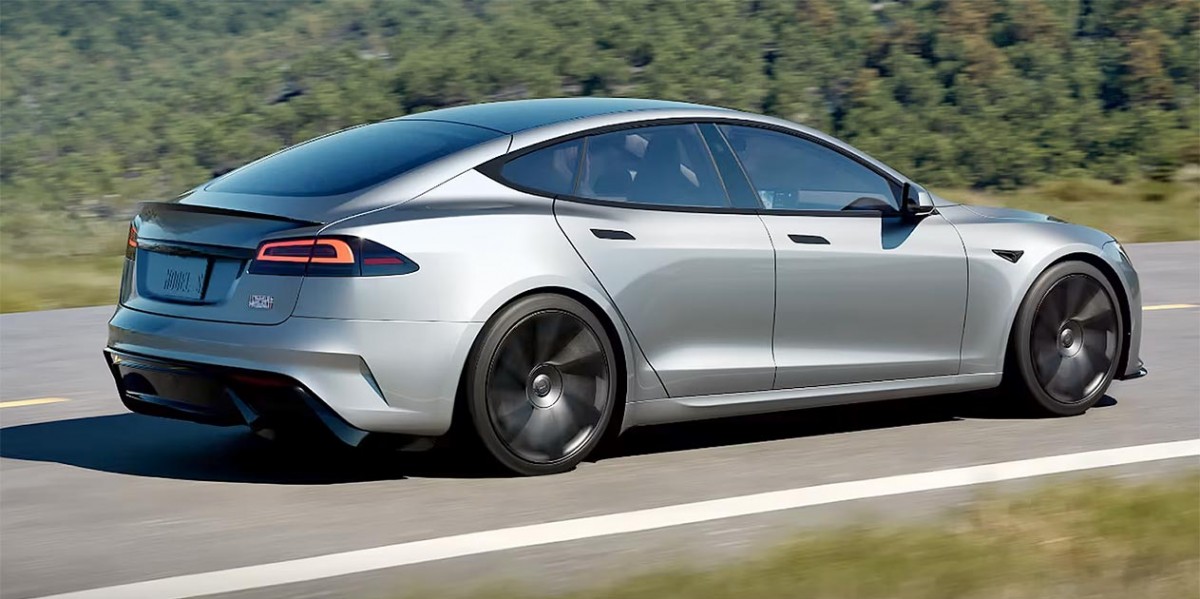
The tires were quite important, and so was the surface - although Xiaomi did have semi-slicks, their compound seemed to have been quite hard and with the ambient 26C, it wasn't easy getting them up to the right temperature.
Then there is the experience gap between the two manufacturers - Tesla has been making electric cars for two decades, and its traction software has been polished over many iterations. This is Xiaomi's first EV, and as such, we can expect it to only get better over time.

And finally, although we don't have all the specs, there appears to be a difference in fixed gear ratio between the two cars. Tesla runs its motors at 7.56:1, which is one of the reasons it is so quick off the line. We couldn't find the specification for Xiaomi, but its slower performance off the line, followed by relentless acceleration through higher speeds, suggests it might have a slightly taller ratio (counterintuitively, it means a lower number). It would help it to manage that ridiculous mountain of torque and make the most of it at the top end.
The drag race finished with the brake test, conducted from 99 mph, and it also provided interesting data. The Tesla Model S Plaid stopped in a shorter distance, with the Xiaomi SU7 Ultra experiencing some tire skidding, again due to its cold tires. This suggests that while Xiaomi's carbon-ceramic brakes are strong, optimal tire conditions are essential to get the most out of them. This really is where the rubber meets the road.
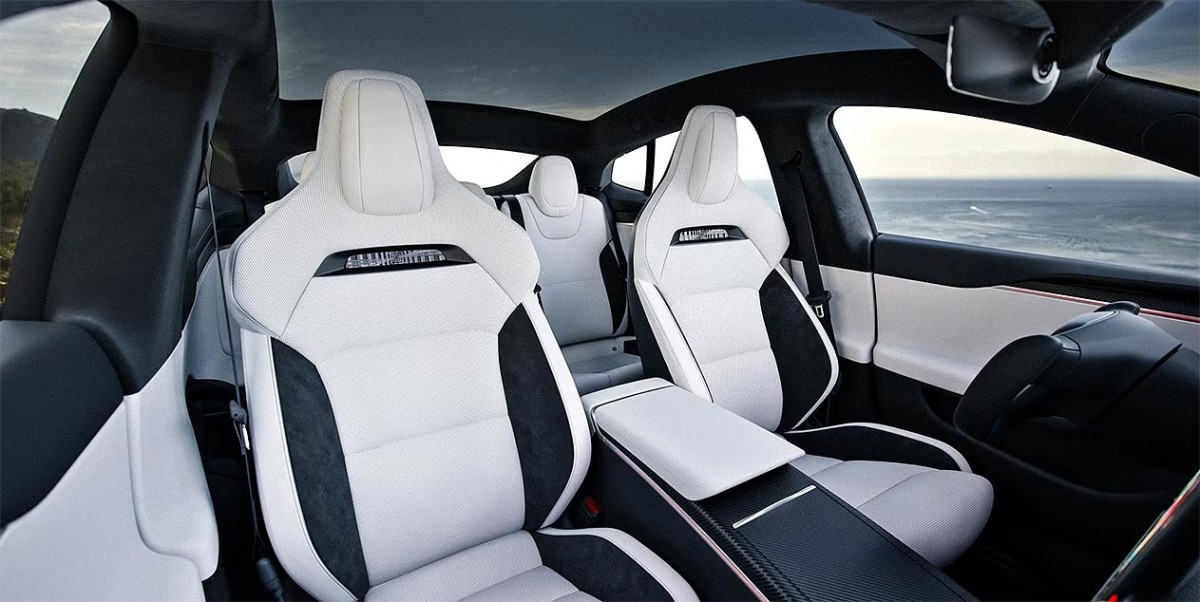
The overall performance of both electric cars shows the rapid innovation happening in the EV market, pushing the boundaries of speed and technology. The Xiaomi SU7 Ultra offers a compelling package of performance and value, and shows a lot of promise, being already the fastest car to the finish line, despite being new to the game.
The Tesla Model S Plaid always was, and it will be a benchmark for a few more years, but the competition has gone strong, and the curtain call for the American EV is just around the corner. You can watch the entire drag race below and judge for yourself who's the real winner in this test:
Related
Reader comments
Nothing yet. Be the first to comment.
